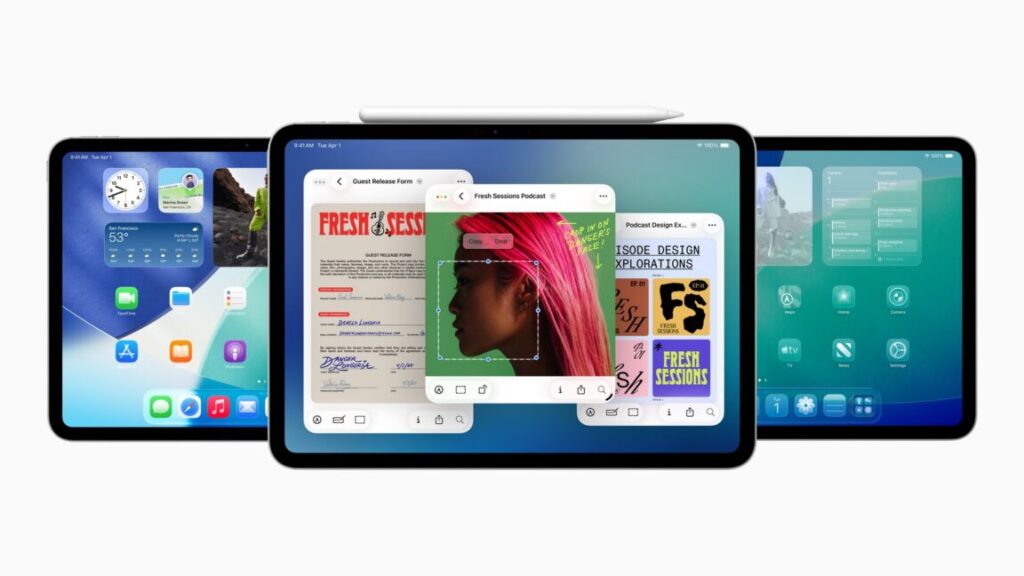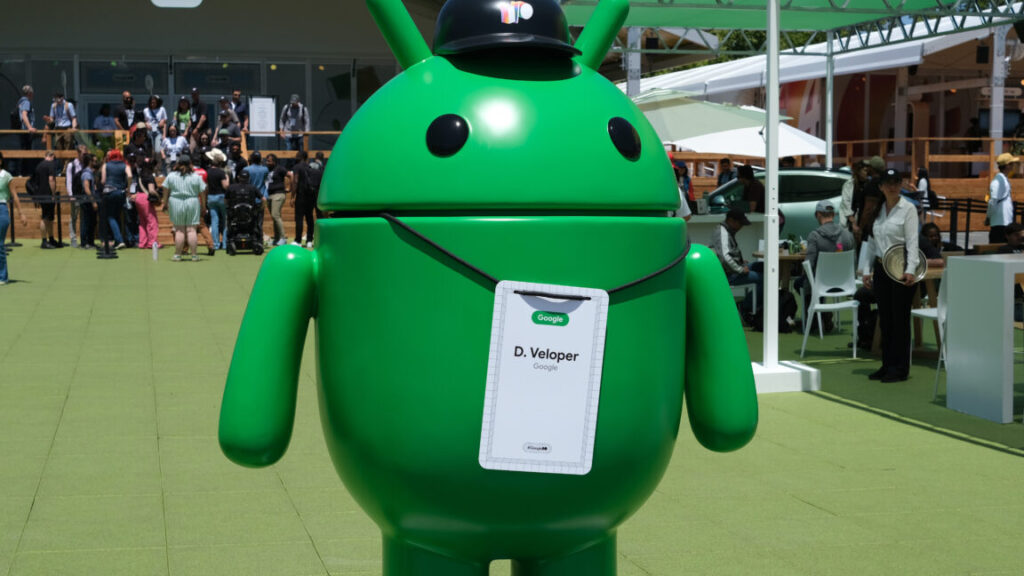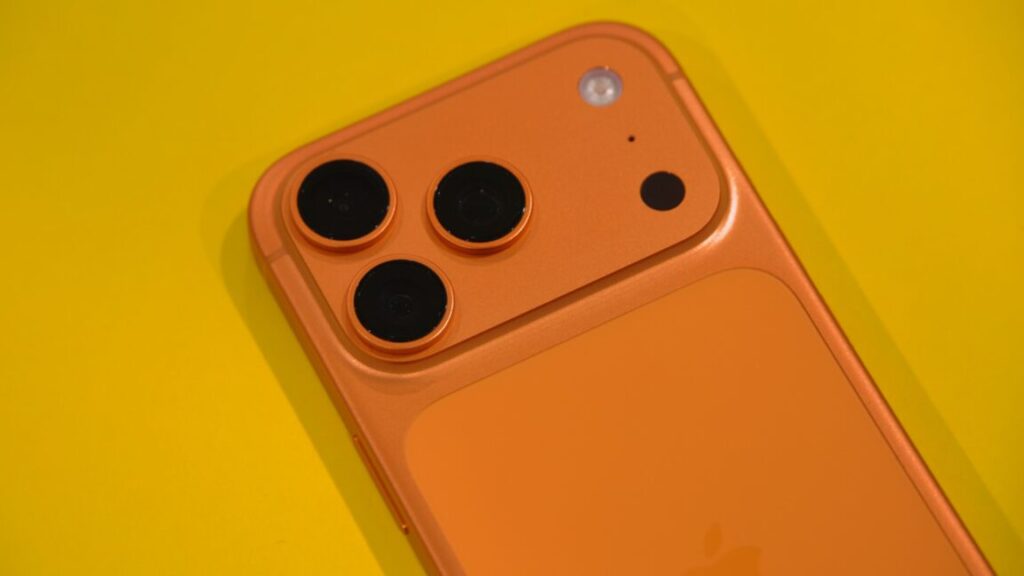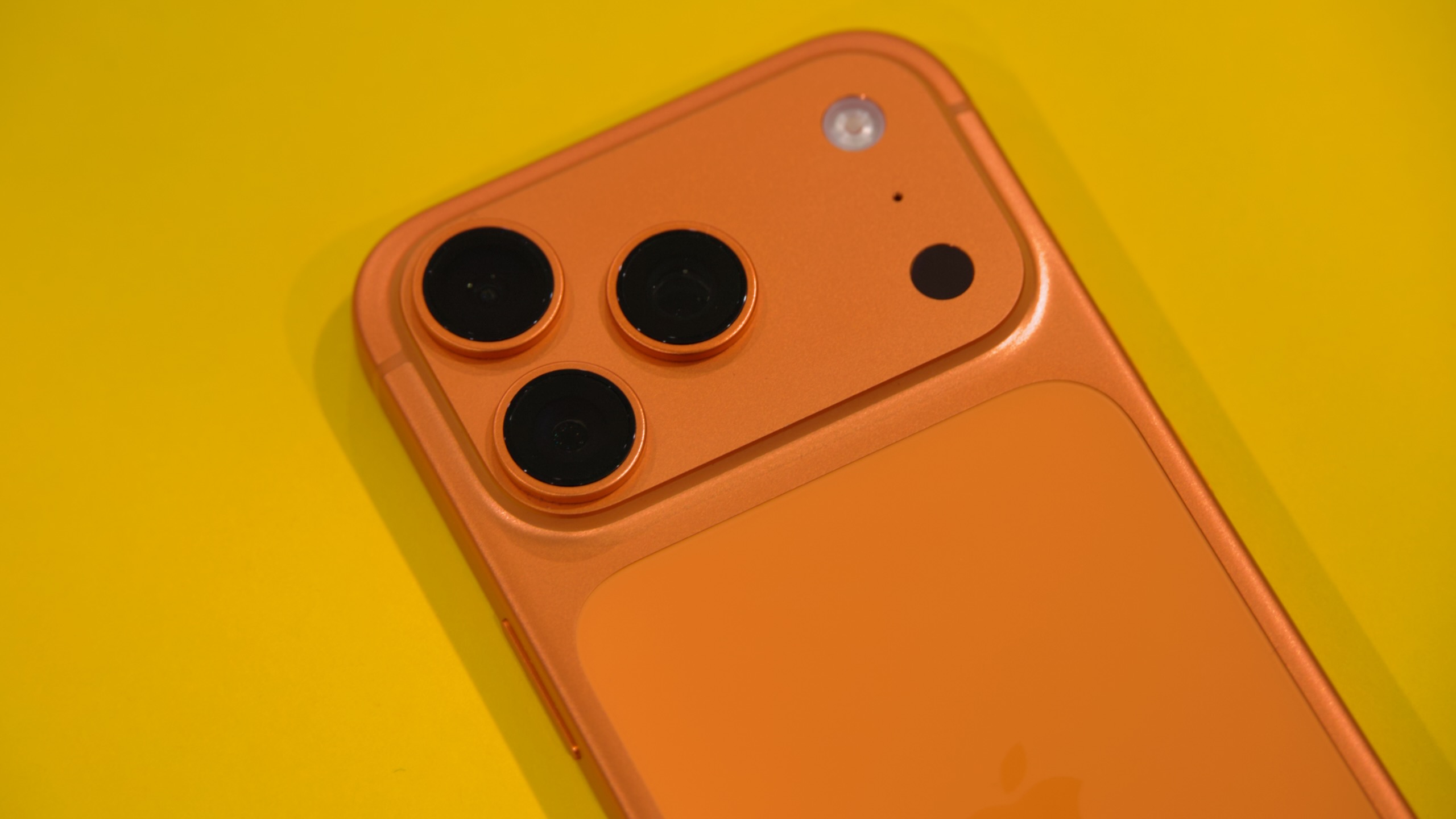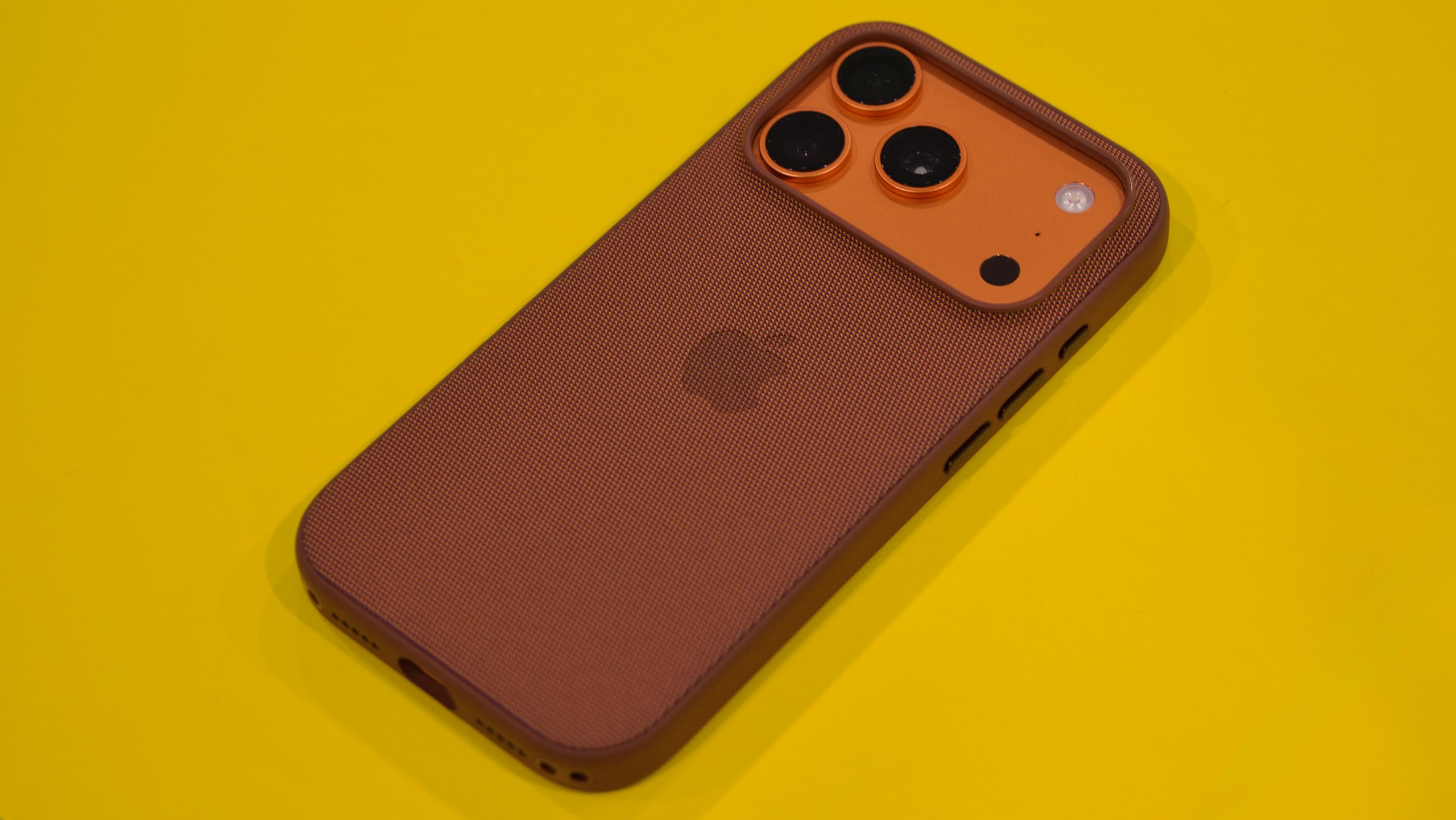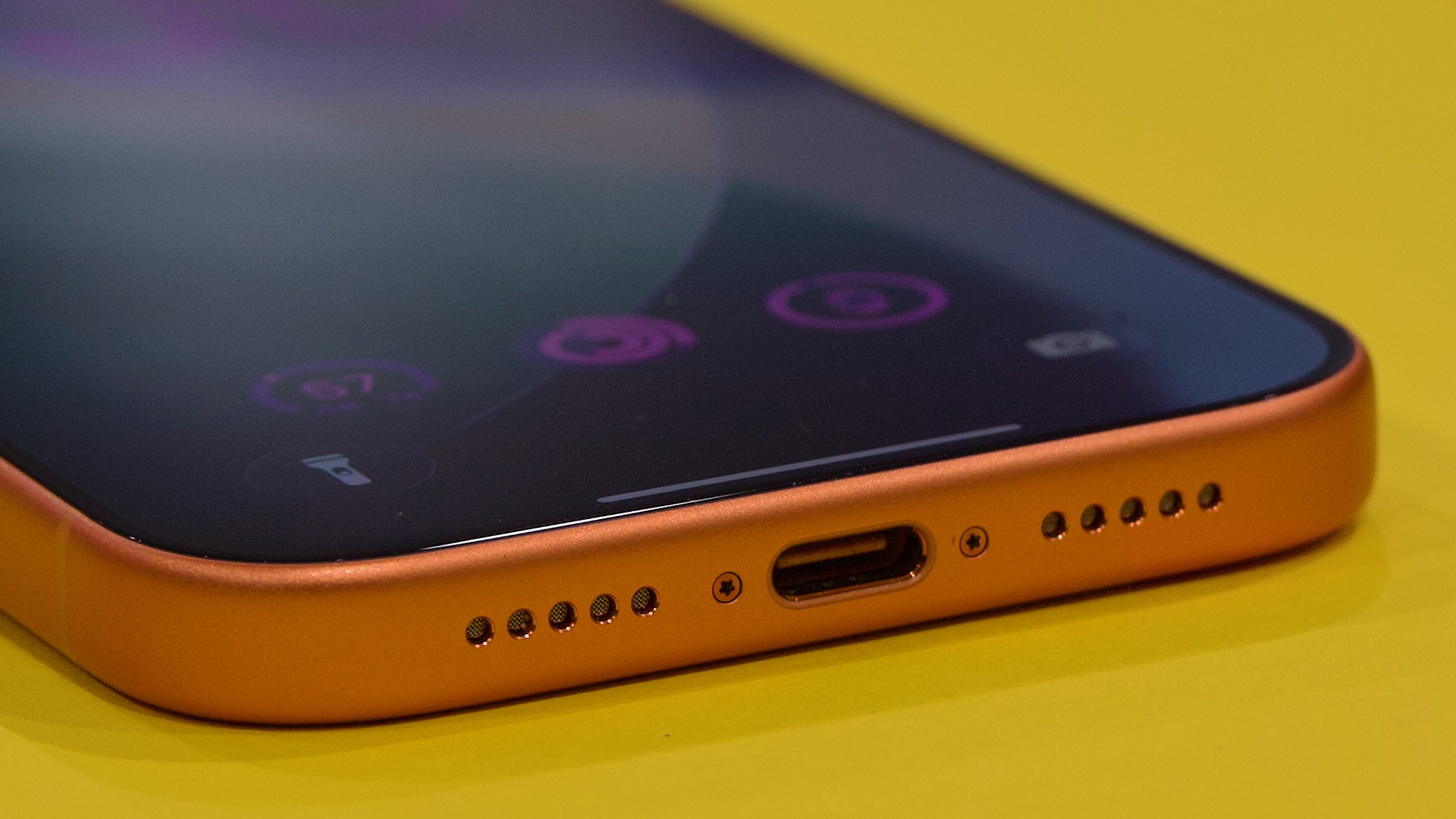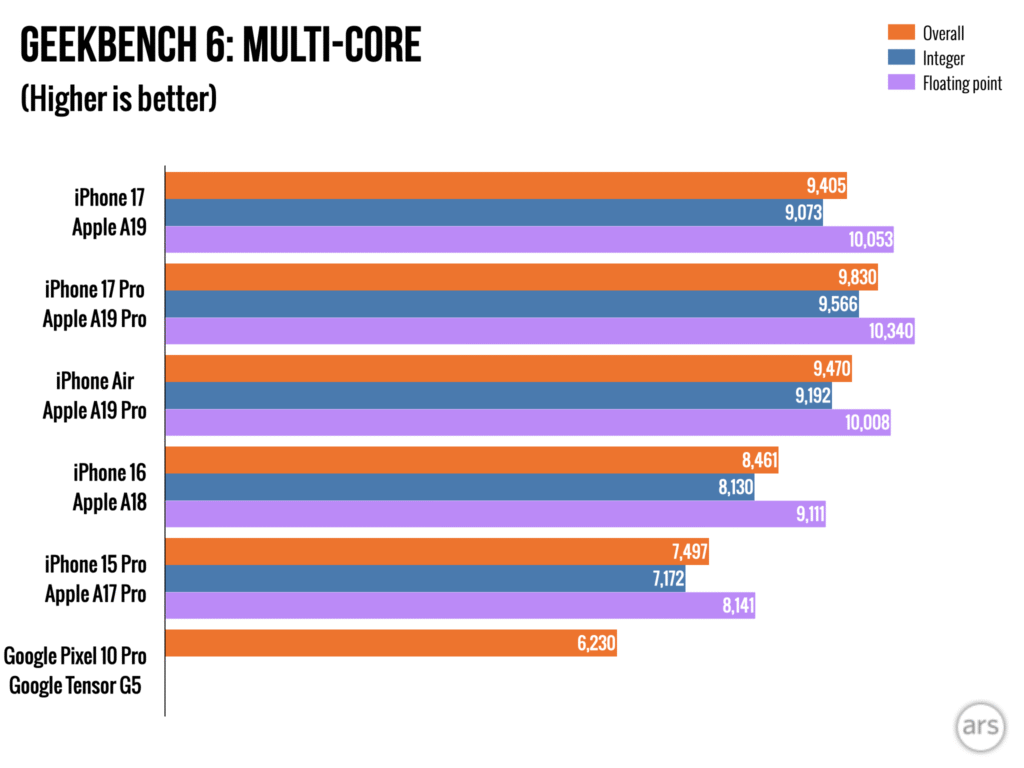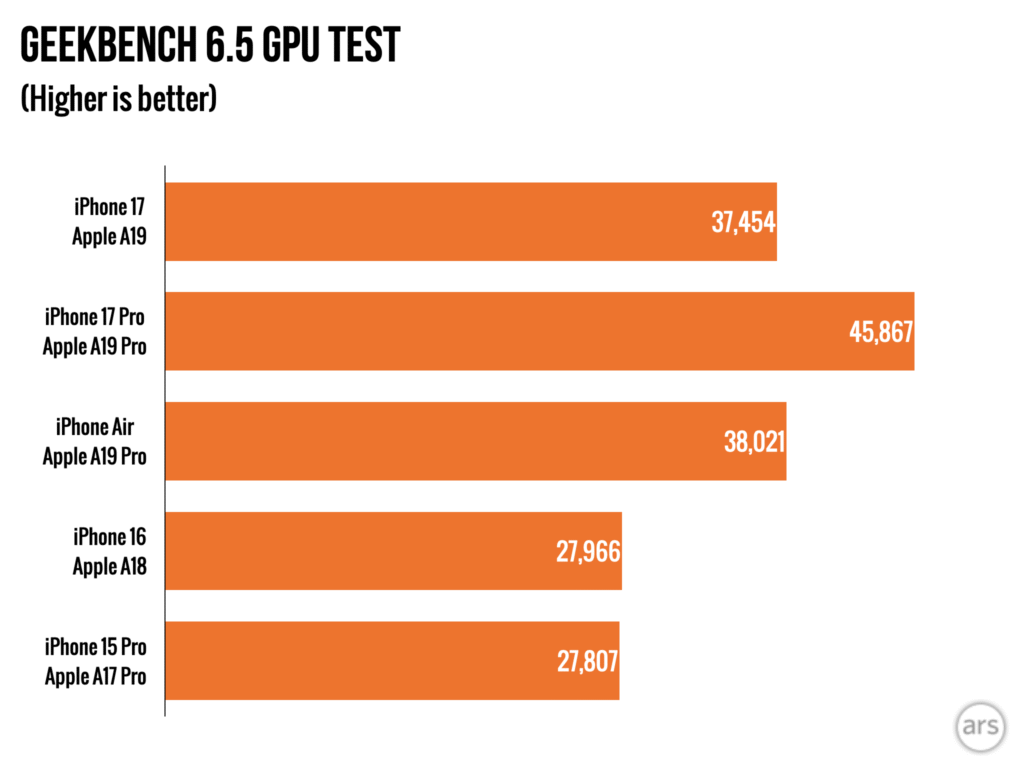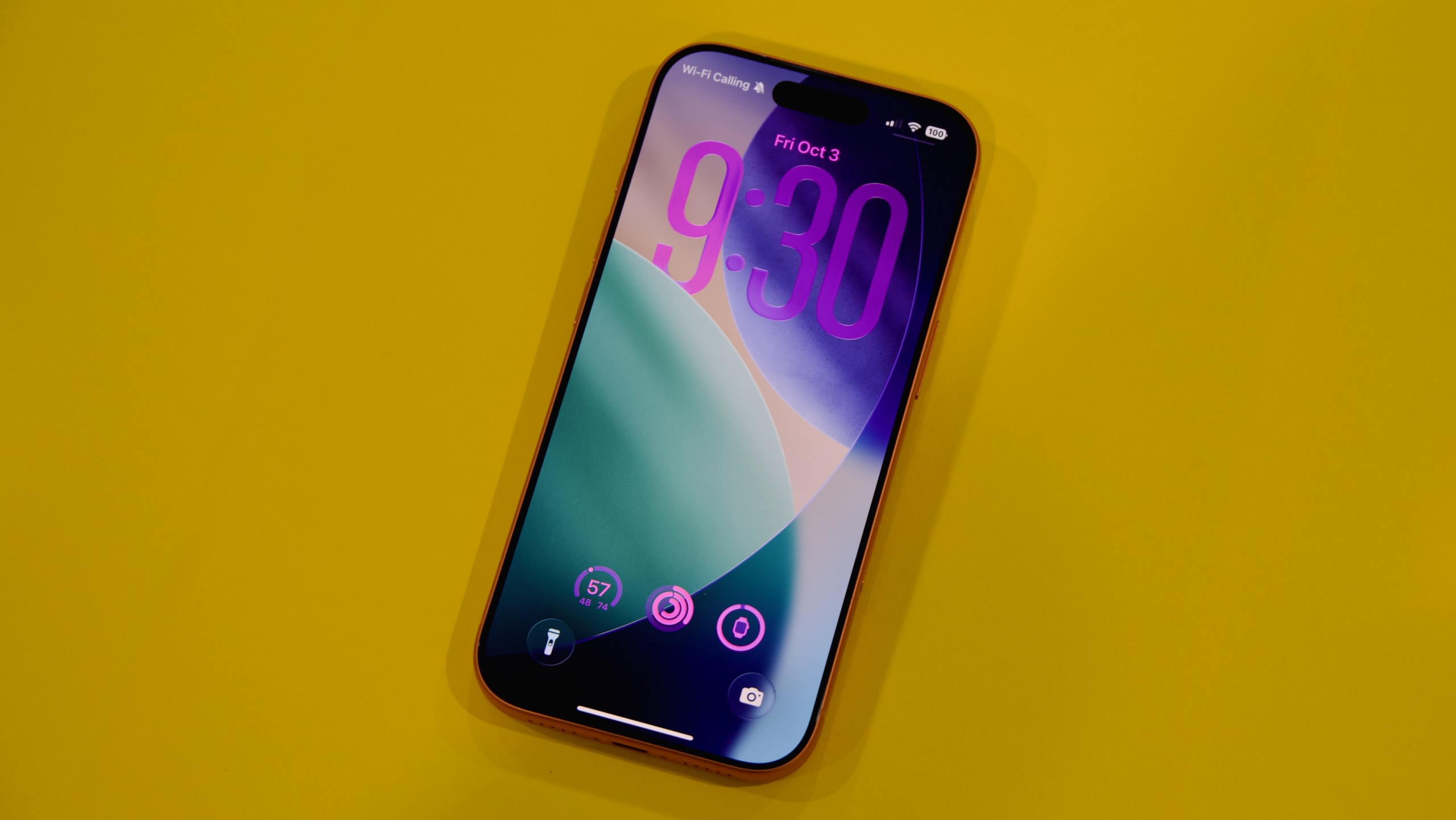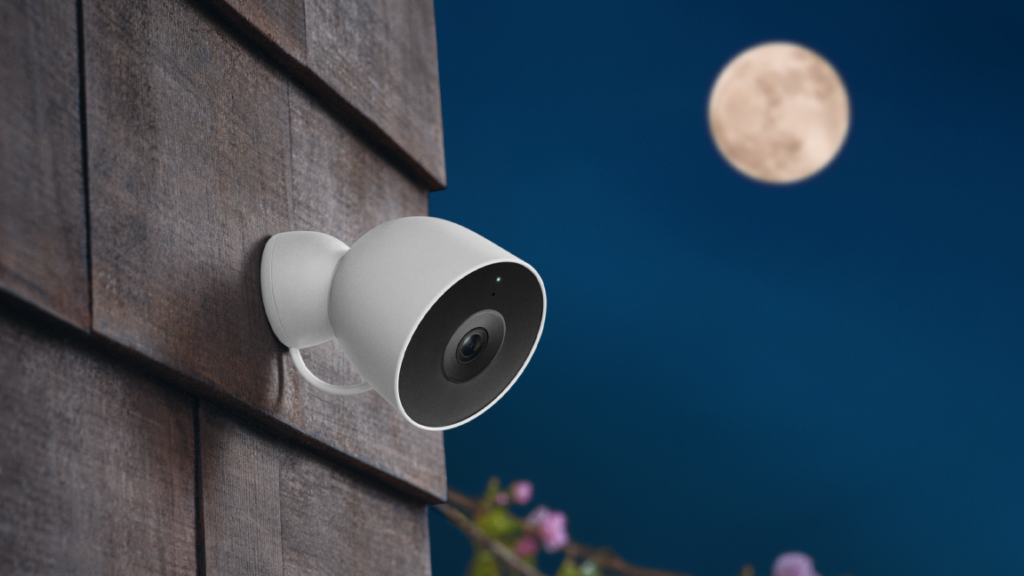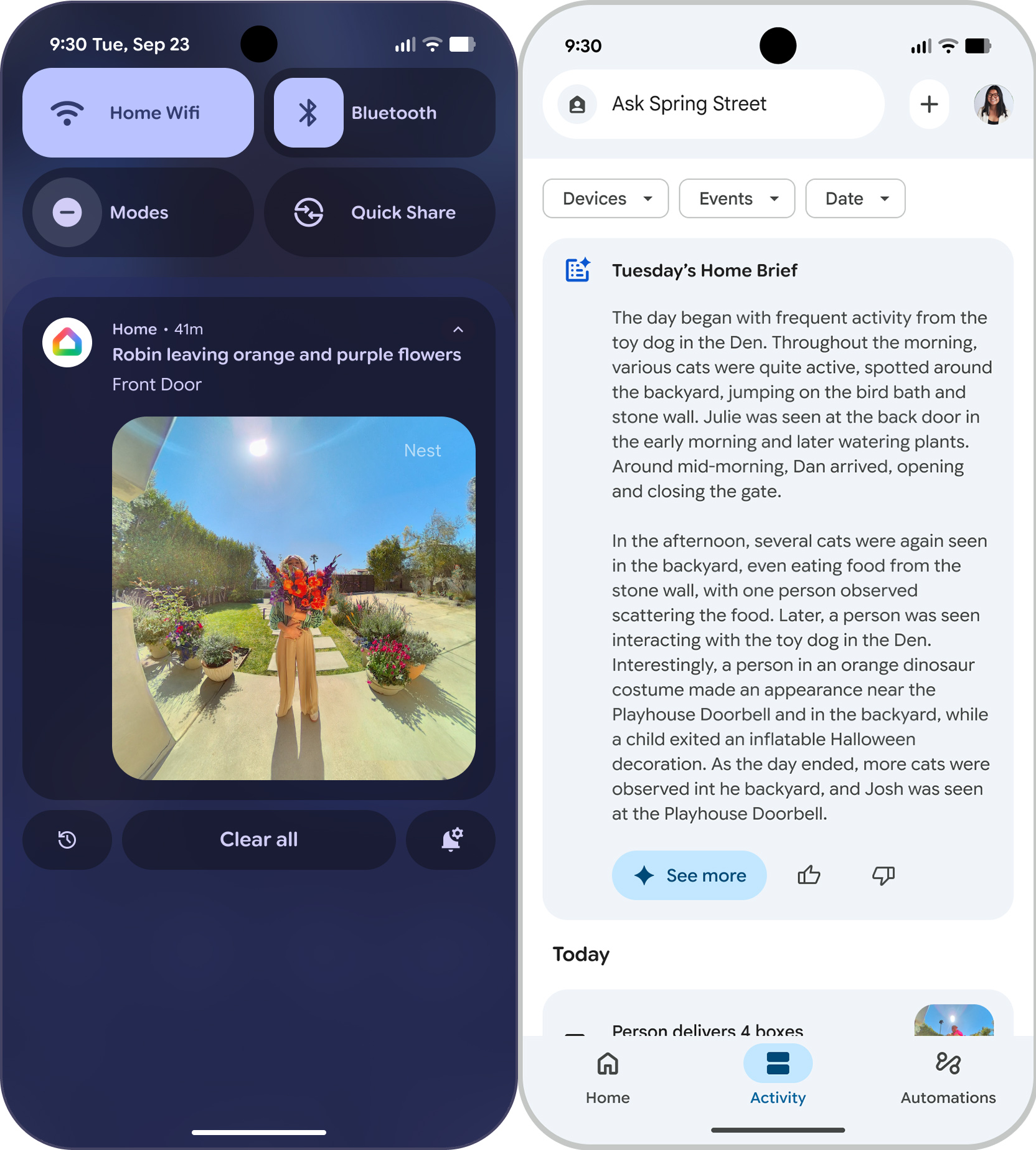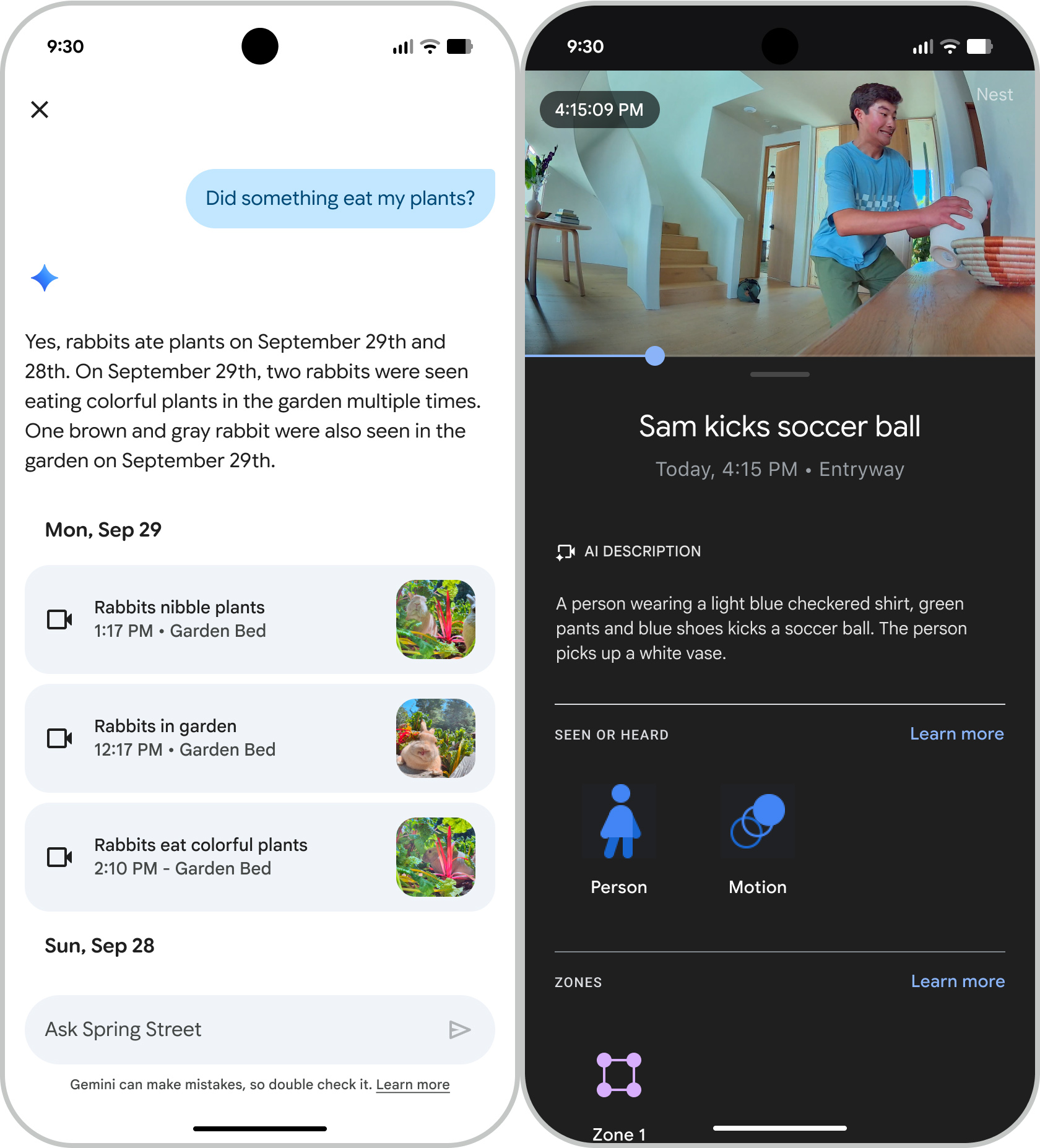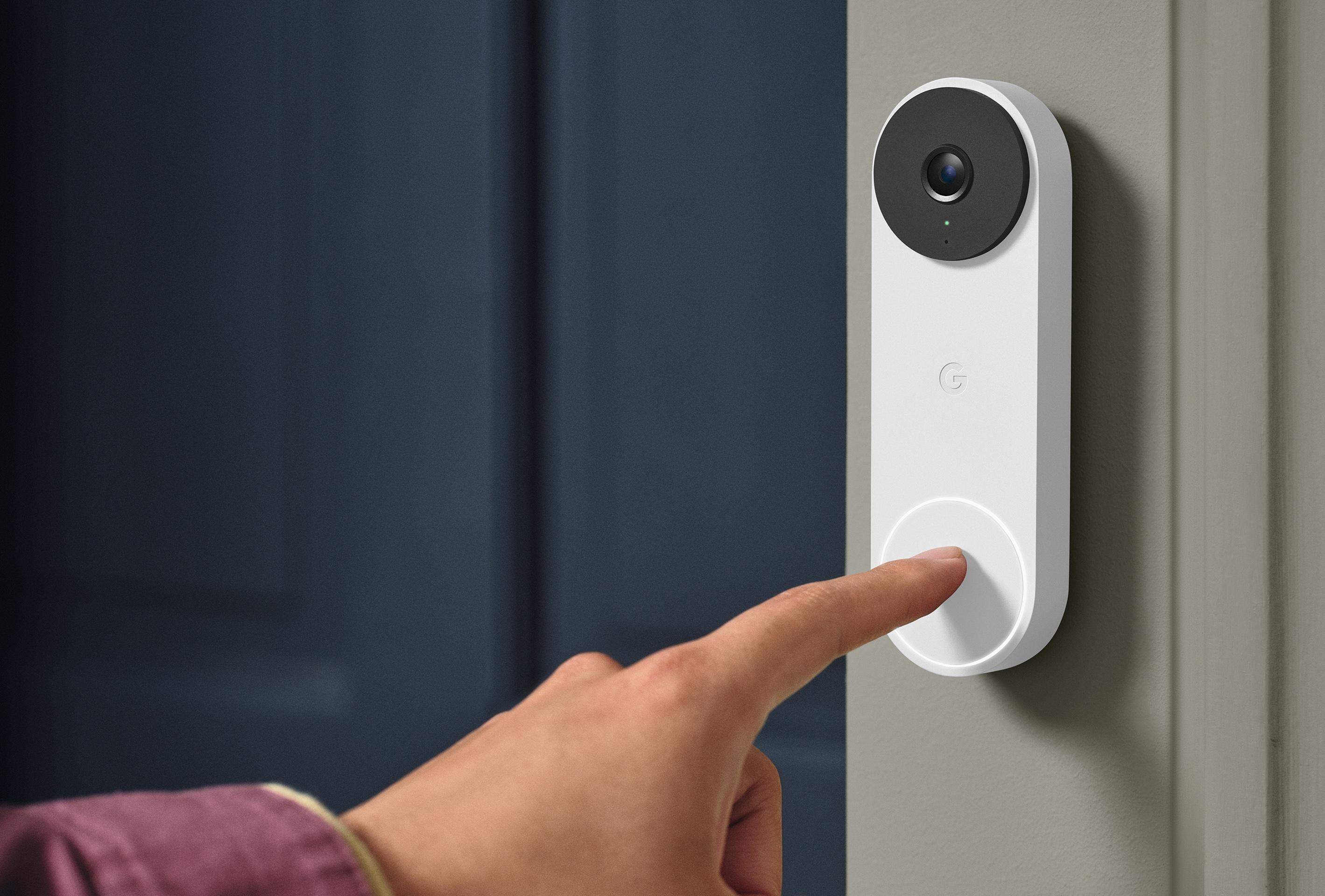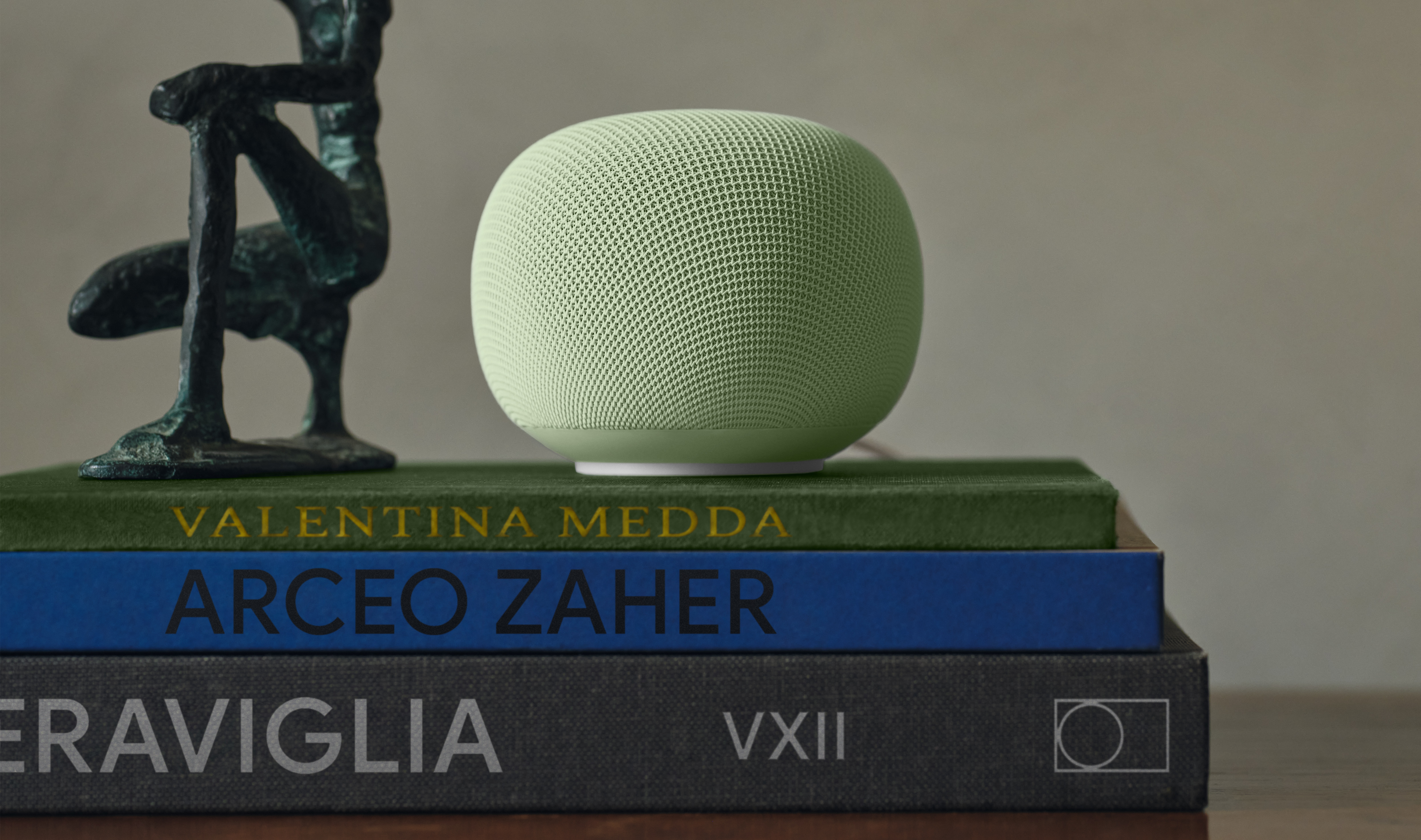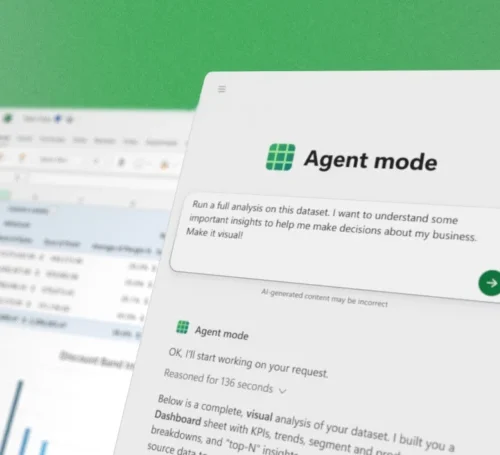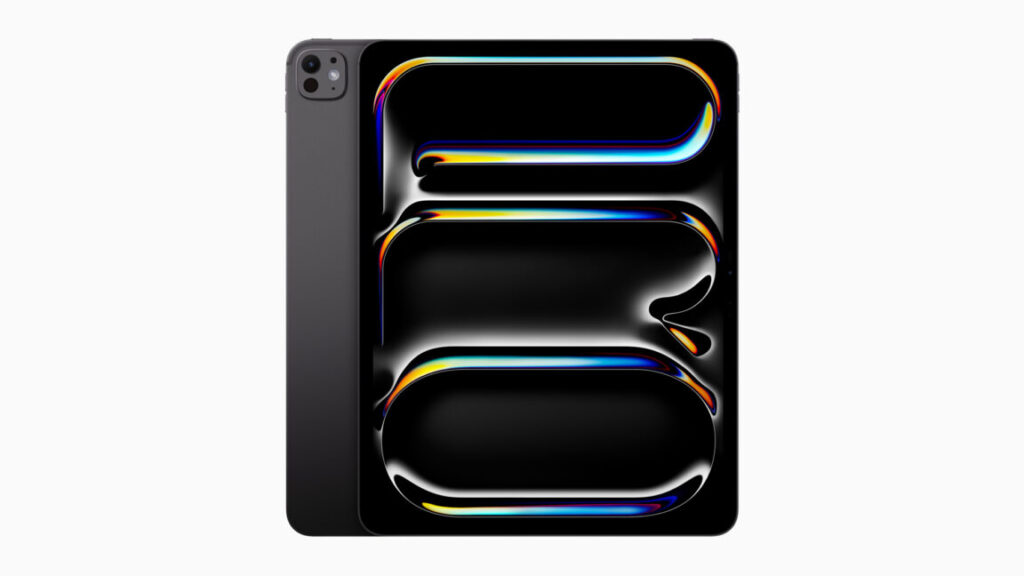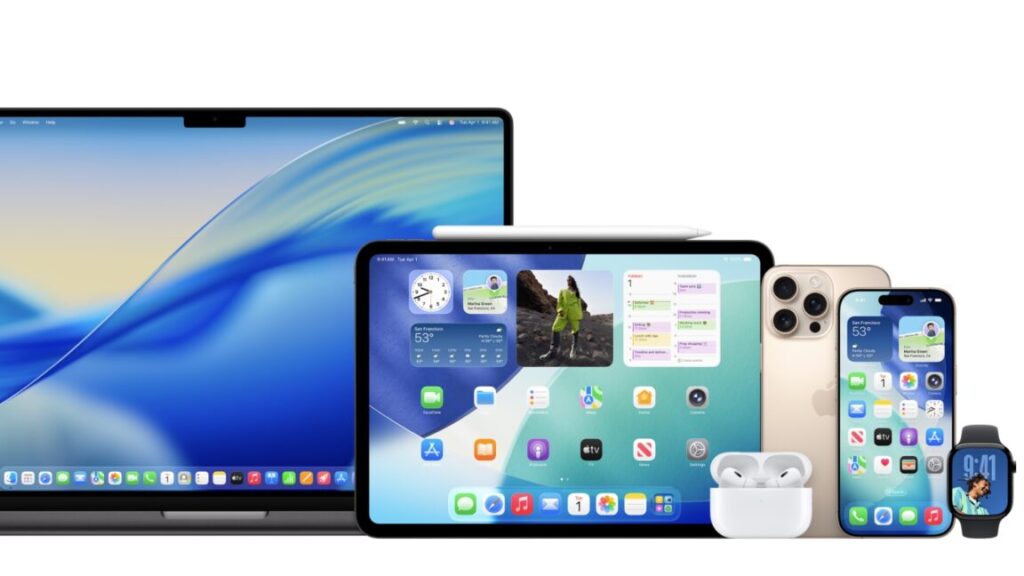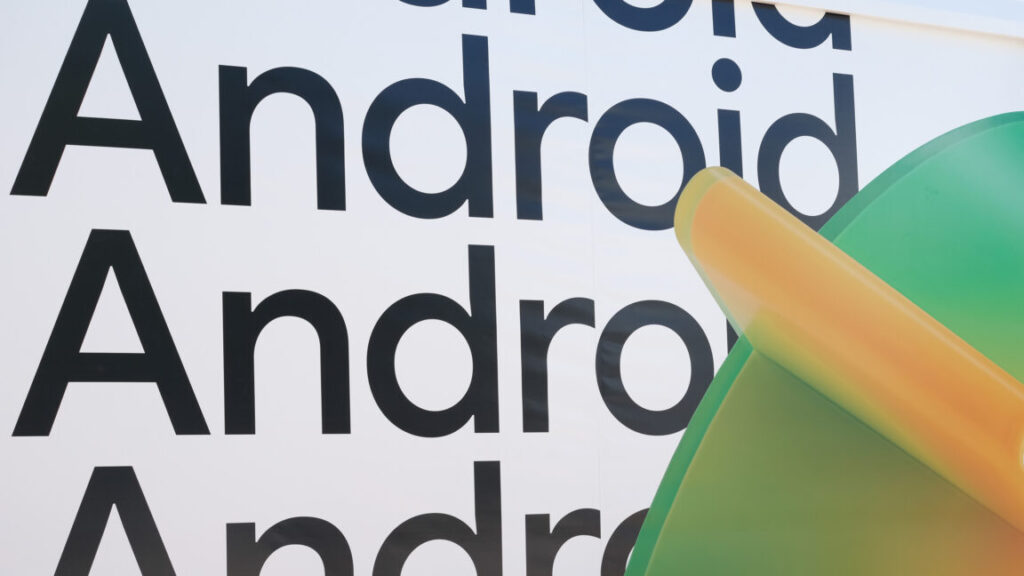Play Store changes coming this month as SCOTUS declines to freeze antitrust remedies
Changes are coming to the Play Store in spite of a concerted effort from Google to maintain the status quo. The company asked the US Supreme Court to freeze parts of the Play Store antitrust ruling while it pursued an appeal, but the high court has rejected that petition. That means the first elements of the antitrust remedies won by Epic Games will have to be implemented in mere weeks.
The app store case is one of three ongoing antitrust actions against Google, but it’s the furthest along of them. Google lost the case in 2023, and in 2024, US District Judge James Donato ordered a raft of sweeping changes aimed at breaking Google’s illegal monopoly on Android app distribution. In July, Google lost its initial appeal, leaving it with little time before the mandated changes must begin.
Its petition to the Supreme Court was Google’s final Hail Mary to avoid opening the Play Store even a crack. Google asked the justices to pause remedies pending its appeal, but the court has declined to do so, Reuters reports. Hopefully, Google planned for this eventuality because it must implement the first phase of the remedies by October 22.
The more dramatic changes are not due until July 2026, but this month will still bring major changes to Android apps. Google will have to allow developers to link to alternative methods of payment and download outside the Play Store, and it cannot force developers to use Google Play Billing within the Play Store. Google is also prohibited from setting prices for developers.
Play Store changes coming this month as SCOTUS declines to freeze antitrust remedies Read More »

